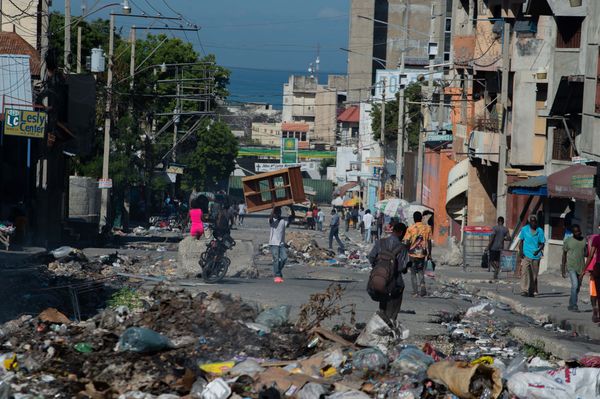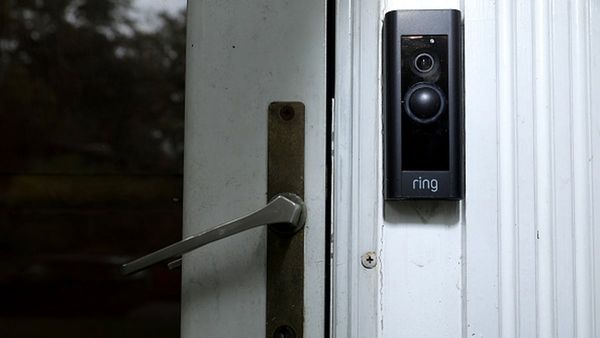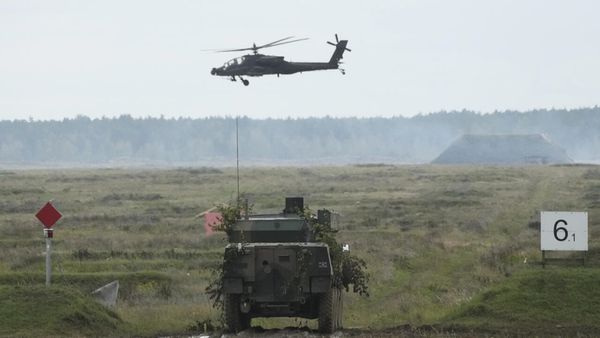The speculation around the doomed Air India Flight 171 has taken on a new dimension entertaining human error—only, US experts say, it may not be an error.
Bored Panda earlier revealed the final words between the two pilots, with one asking about the fuel supply being cut off.
Experts in charge of the investigation have since weighed in on the conversation and they are saying that one of the pilots may have deliberately caused the crash.
This revelation was made by the Wall Street Journal, citing former senior NTSB official Ben Berman.
The fuel cut-offs may have been deliberately engaged

The document, released exactly a month after the Boeing 787 Dreamliner’s fatal last flight, reported one of the pilots asking the other why they had cut off the fuel supply, to which he received a denial in response.
“In the cockpit voice recording, one of the pilots is heard asking the other why did he cutoff. The other pilot responded that he did not do so,” the document stated.
Black box data indicated that the switches had been toggled to “cut-off” for 10 of the 32 seconds that the passenger liner was airborne, starving its engines of fuel and causing them to flame out.

Data suggests that the switches were then re-engaged, presumably in an attempt to refire the engines, but to no avail.
Congruent with this theory, the switches were found in a “run” position when investigators recovered them.
One had their hands full during takeoff while the other was unoccupied
At the time of take off, first officer Clive Kunder had control of the aircraft. His colleague, Captain Sumeet Sabharwal, said to have been a decades-long veteran, was overseeing his work.

With both hands on the controls, Kunder would not have been unable to reach for the fuel supply switches at that stage in the flight, turning the spotlight on Sabharwal as he had his hands free.
Additionally, the Journal quoted Berman as saying: “There was nothing to prompt the crew to perform emergency procedures, become stressed, or do anything except rotate the nose up and retract the landing gear, like they had done so many times before.”
Regarding the Air India B787 AI171 crash report, the fuel control cutoff switch requires manual physical activation by the pilots and locks securely in either the “run” or “cutoff” position. It cannot move independently. Even if one fuel control switch was moved, both switches… pic.twitter.com/wS4As5AlxY
— Fahad Naim (@Fahadnaimb) July 12, 2025
The report also cited unnamed sources calling for the involvement of law enforcement authorities as would have been the case had the disaster transpired on U.S. soil.
The pilot that U.S. experts are speculating about was a mild-mannered man who never drank
The outlet also reported a conversation with Kapil Kohal, another Air India pilot and friend of Sabharwal’s.
Kohal remembered the deceased captain as a mild-mannered, neat individual who was “very polite, never cursed, never drank alcohol, and spoke so softly that sometimes Kohal had to ask him to speak louder.”

Kohal knew him from the days when they were both students.
“If you open his cupboard, there were two formal shirts, two T-shirts, two pairs of shoes, one slippers, and one bag,” Kohal recalled.
“He was a very reserved guy right from the beginning,” he recalled, in fact so reserved that it earned him the moniker “sad sack.”

He observed Sabharwal as a model mentor who seemed to have a better grasp of flying than some instructors.
Be that as it may, it was his “composed” voice, contrasting Kunder’s panicked question, that was reported by outlets like the UK Sun as having denied engaging the fuel cut-off.
India’s Federation of Pilots has since become aware of the WSJ report, and it is not pleased
The pilot industry’s peers have since jumped to their defense in the wake of the WSJ report.

Speaking to the Federation of Indian Pilots’ (FIP) President, CS Randhawa Asian News International heard:
“Nowhere in the report has it been mentioned that the fuel control switch was turned off due to the pilot’s mistake. I condemn the article. They said it was the pilot’s mistake. They have not read the report properly, and we will take action against them through FIP.”
“Indian pilots are among the best in the world,” Randhawa’s statement continued. “I did not give my opinion to the Wall Street Journal, which had approached me as well, because I am against this American media.
An Air India plane carrying 242 people crashed moments after taking off from Ahmedabad – India, en route to London Gatwick Airport. The current death toll is 170pic.twitter.com/Ak9p6J2ucJ
— Adam Khâu (@AdamKhauX) June 12, 2025
“They are deliberately giving their own opinion, their own views from this report, while there is nothing like this in the report. So I very strongly condemn this report of the Wall Street Journal and we will take action on it.”
India’s Ministry of Civil Aviation has since mirrored FIP’s stance and snubbed the Wall Street journal’s speculations
The Wall Street Journal claims it reached out to India’s Ministry of Civil Aviation (AAIB) for commentary, but had its report dubbed “one sided.”

The AAIB later released a statement calling on the “public and the media to refrain from spreading premature narratives that risk undermining the integrity of the investigative process.”
“At this stage, it is too early to reach to any definite conclusions,” it noted.
Reuters reported that airline CEO Campbell Wilson mirrored the AAIB’s stance when he told his subordinates in an internal communication that the investigation was “far from over.”
Boeing’s name has surfaced in the blame game



















